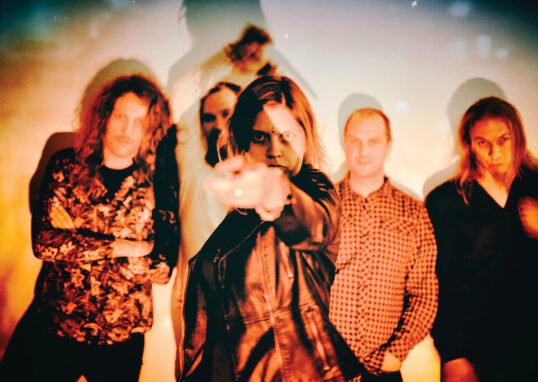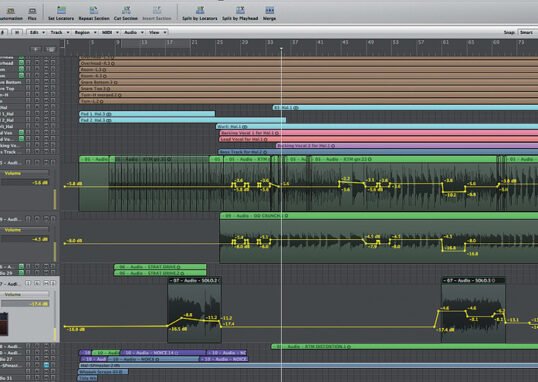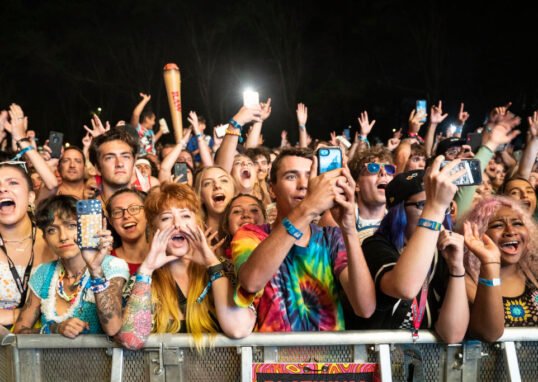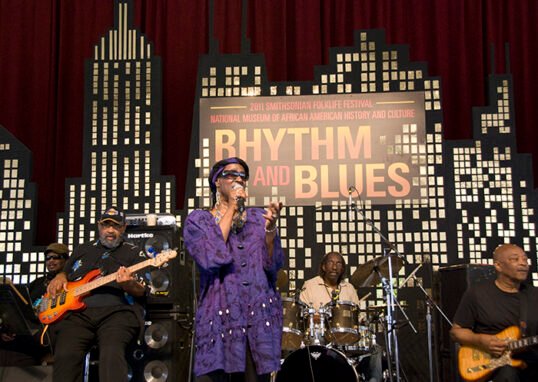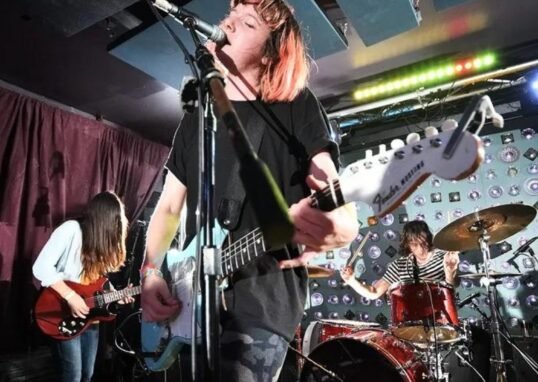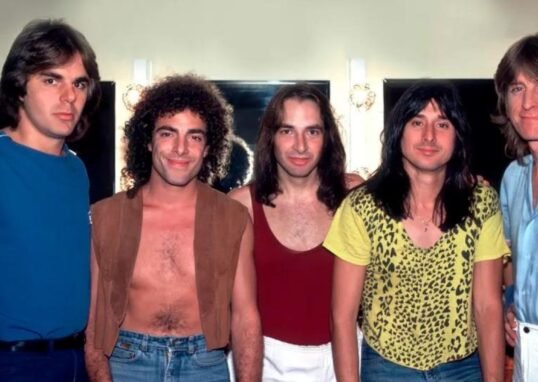
Underground rock scenes have always been the heartbeat of the music world, driving innovation and offering an alternative to mainstream sounds. These scenes are often characterized by their raw energy, DIY ethos, and dedication to artistic freedom. This exploration delves into the significance of underground rock scenes, highlighting their impact on music culture and their contribution to the evolution of rock music.

Origins and Evolution
Firstly, the origins of underground rock scenes can be traced back to the 1960s and 1970s, when bands and musicians sought to break free from the commercial constraints of the music industry. The countercultural movements of the time, particularly in the United States and the UK, gave rise to a vibrant underground music culture. Bands like The Velvet Underground and The Stooges pioneered this movement, creating music that was starkly different from the polished sounds of mainstream rock. Their rebellious spirit and experimental approach laid the groundwork for future underground scenes.
DIY Ethos and Independent Labels
Moreover, the DIY ethos is a cornerstone of underground rock scenes. Bands often self-produce their music, book their own shows, and distribute their records through independent labels. This self-reliant approach allows artists to maintain creative control and authenticity. Independent labels like Sub Pop and Dischord Records played crucial roles in supporting underground bands and bringing their music to wider audiences. This ethos not only fosters innovation but also creates a strong sense of community among musicians and fans.
Influential Underground Movements
Additionally, several influential underground movements have emerged over the decades, each contributing uniquely to the rock genre. The punk rock movement of the late 1970s, epitomized by bands like The Ramones and The Sex Pistols, revolutionized rock music with its fast, aggressive sound and anti-establishment lyrics. In the 1980s, the post-punk and hardcore scenes further diversified the underground landscape, with bands like Joy Division and Black Flag pushing the boundaries of musical and thematic expression. The 1990s saw the rise of grunge, with bands like Nirvana and Soundgarden breaking into mainstream consciousness while retaining their underground roots.
Local Scenes and Global Impact
Furthermore, underground rock scenes thrive in local contexts but often have a global impact. Cities like New York, London, Seattle, and Berlin have been hotspots for underground music, nurturing local talent and creating vibrant music communities. These scenes are popular for small, intimate venues, passionate fanbases, and a spirit of experimentation. The global reach of underground rock is facilitates the internet, which allows bands to connect with audiences worldwide and share their music beyond geographical boundaries.
Cultural and Social Commentary
Moreover, underground rock scenes have always been a platform for cultural and social commentary. The music often addresses themes of political dissent, social justice, and personal struggle, reflecting the concerns of marginalized communities. Bands like Dead Kennedys and Rage Against the Machine are known for their politically charge lyrics, using their music as a vehicle for activism and change. This aspect of underground rock ensures that it remains relevant and resonant, providing a voice for those outside the mainstream.
Challenges and Resilience
Additionally, underground rock scenes face numerous challenges, including limited financial resources, lack of mainstream exposure, and competition from more commercialized music. Despite these obstacles, the resilience and passion of underground musicians keep the scene alive. Crowdfunding, social media, and grassroots organizing have become essential tools for bands to sustain their careers and reach new audiences. This adaptability highlights the enduring appeal and importance of underground rock.
Conclusion
In conclusion, underground rock scenes are vital to the music landscape, fostering innovation, authenticity, and cultural commentary. From their origins in the countercultural movements of the 1960s and 1970s to their modern incarnations, these scenes have consistently pushed the boundaries of rock music. The DIY ethos, influential movements, and global impact of underground rock underscore its significance. Despite challenges, the resilience and passion of underground musicians ensure that this vibrant subculture will continue to thrive, shaping the future of rock music.

